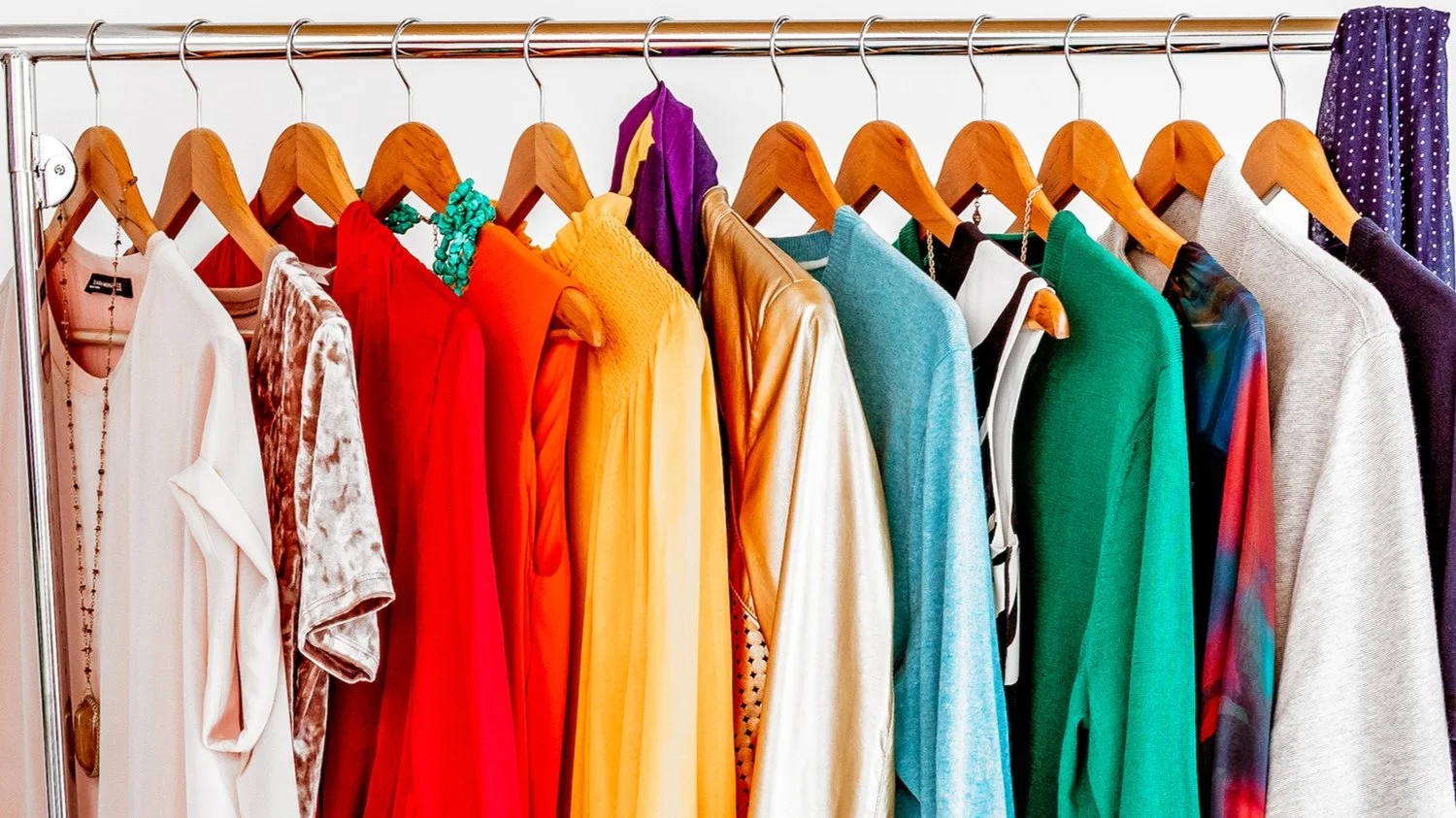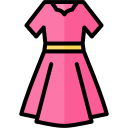Complete Guide to Styling and Coordinating Outfits

1. Principles of Color Coordination
Color is a powerful tool in creating a stylish look. Knowing how to combine colors can help you craft a cohesive and elegant outfit.
- Neutral and Base Colors: Colors like white, black, beige, and gray are versatile and can easily serve as the base for many styles.
- Complementary Colors: For a bold and vibrant look, use complementary colors, which are opposite each other on the color wheel, like blue and orange or yellow and purple.
- Analogous Colors: Colors that are next to each other on the color wheel, like blue and green or red and pink, create a soft and harmonious look.
- Monochromatic Scheme: Choose one main color and use different shades of it. For example, various shades of blue can create a polished, unified look.
2. Mixing Patterns and Prints
Combining different patterns adds dimension and character to your style, though it requires a sense of balance.
- Use a Focal Pattern: If one item has a bold print, keep the rest simple to avoid an overly busy look.
- Pair Big and Small Patterns: Combining a large floral skirt with a fine polka dot blouse can create a stylish contrast.
- Similar Patterns in Small Details: Repeating a pattern in small details, like a scarf or bag, can add cohesion.
- Vertical and Horizontal Stripes: Vertical stripes can make you look taller, while horizontal stripes may make you appear broader.
3. Choosing Outfits for Different Occasions
Your clothing should match the occasion and setting you’re dressing for.
- Formal and Party Outfits: Opt for classic colors like black, navy, or burgundy, and stick to simple, elegant styles like dresses or suits for formal events.
- Casual and Everyday Styles: Jeans, t-shirts, and sneakers are ideal for a relaxed, everyday look that is easy and versatile.
- Work and Office Wear: In a professional environment, blazers, collared shirts, and neutral-colored pants create a polished, work-appropriate look.
4. Choosing the Right Accessories
Accessories can enhance your outfit, adding the perfect finishing touch to a simple look.
- Coordinated Bags and Shoes: Matching your bag and shoes in color or style can create a unified look.
- Belts: A stylish belt can add interest to a plain outfit and create a cinched-waist effect.
- Jewelry: Larger, colorful jewelry works well for parties, while smaller, understated pieces are ideal for professional settings.
5. Selecting Clothes Based on Body Shape
Different body shapes can be flattered with styles tailored to enhance each type.
- Hourglass Body: Clothes with fitted waists or belted dresses highlight curves beautifully.
- Pear Body: Opt for colorful, detailed tops to draw attention to the upper body, paired with simpler bottoms.
- Apple Body: Outfits that add volume to the lower body and elongate the torso work well for this shape.
6. Choosing Fabrics and Layering
Fabric choice and layering impact both the style and comfort of your outfit, especially in different seasons.
- Spring and Summer Fabrics: Light fabrics like cotton and linen are ideal for warmer seasons.
- Autumn and Winter Fabrics: Warmer materials such as wool, cashmere, and felt are suitable for colder weather.
- Layering: In fall and winter, layering pieces like a t-shirt under a sweater with a jacket on top can create a warm, stylish look.
7. Personal Style and Creativity
Once you master the basics, you can experiment and add your unique twist to your outfits.
- Mixing Styles: Try combining a formal piece like a blazer with jeans for a chic, modern look.
- Bold Colors: Adding vibrant colors to your outfit can make it stand out.
- Classic and Trendy Pieces: Combining timeless pieces like a white shirt with trendy items adds both depth and freshness to your style.
User reviews
Rate
5 Stars0
4 Stars0
3 Stars0
2 Stars0
1 Star0



